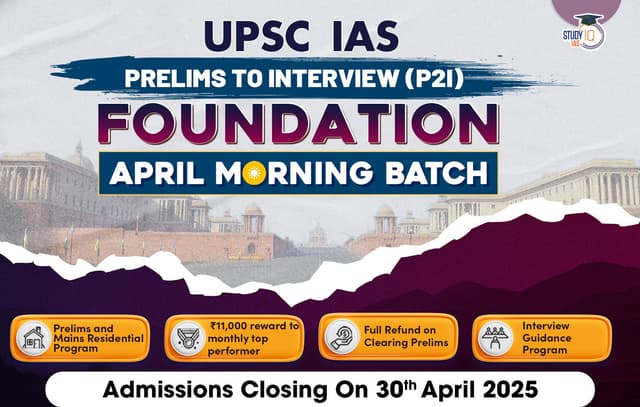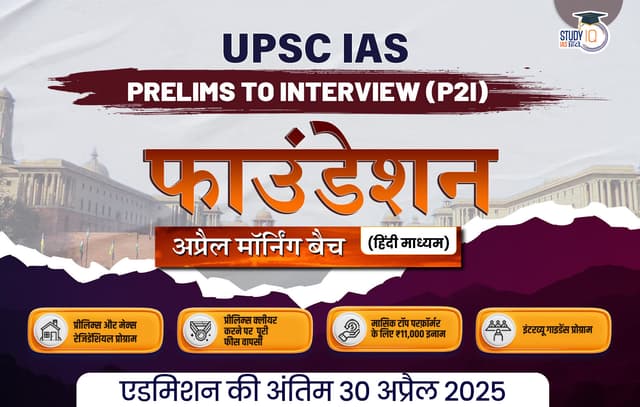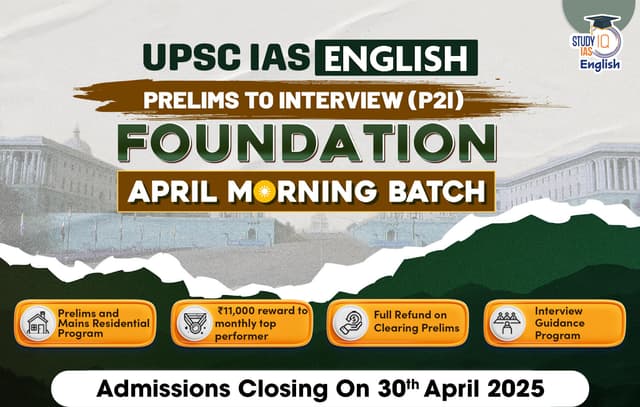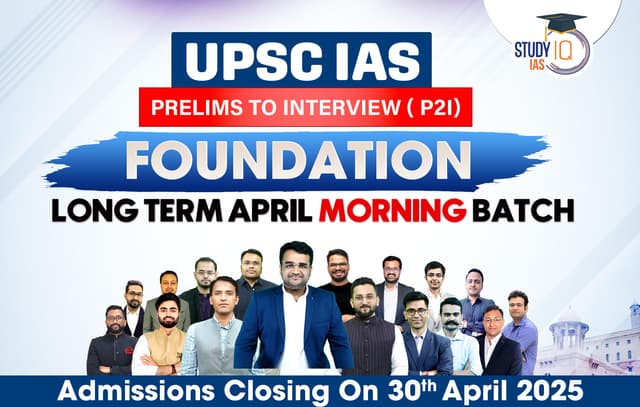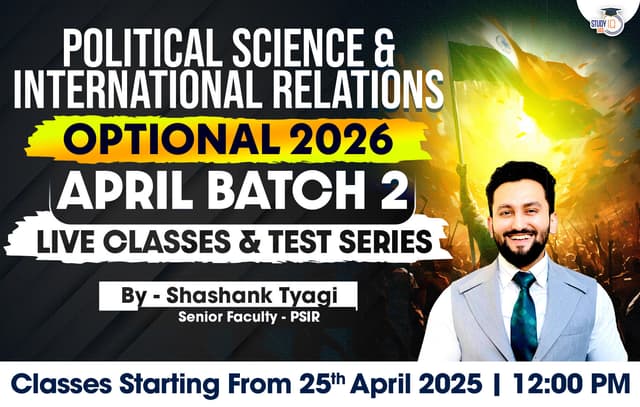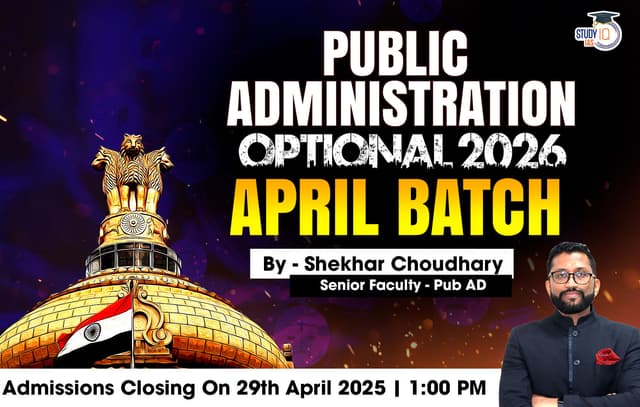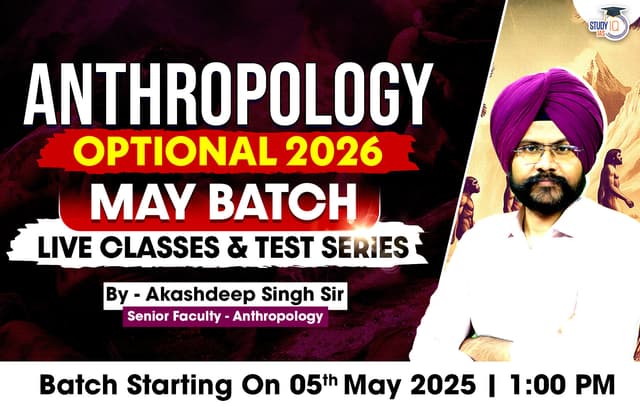UPSC Prelims News of 15 February 2023
Transfer Pricing
Context: IT department conducted surveys at BBC premises for alleged non-compliance with the transfer pricing rules.
About Transfer Pricing
- Transfer pricing refers to rules and methods of exchanging goods and services between companies under common ownership or control.
- Working
- Suppose Company A produces goods for Rs 100 and sells it for Rs 200 to its sister company B located in another country. The company B in turn sells the goods for Rs 400 in open market.
- If sold directly on open market, Company A would have made a larger profit. By diverting sale through company B, the parent company has shifted profits to another country and reduced its tax liability.
- Effects of transfer pricing
- Transfer pricing allows parent company to artificially produce insufficient taxable income or excessive loss on a transaction.
- It allows companies to siphon profits from subsidiaries domiciled in high-tax countries to subsidiaries located in low-tax/ no-tax jurisdiction.
- Shifting profits will not just result in tax revenue loss but also will drain foreign exchange reserves.
UPSC Prelims News 14 February 2023
Anti-Cheating Law: UP
Context: The Uttarakhand Governor has given consent to the Uttarakhand Competitive Examination (Measures For Control and Prevention of Unfair Means in Recruitment) Ordinance, 2023.
- The ordinance said that the main aim behind the law was to prevent offences related to obstructing the sanctity of examinations, use of unfair means, leakage of question papers, and other irregularities.
- It covers public examinations for recruitment to posts under the state government, autonomous bodies run by the government, and authorities, corporations, and institutions operated with grants of the state government.
- According to the ordinance, if any examinee is caught cheating or causing another examinee to cheat in a competitive examination (online and offline) or to have indulged in unfair means, he shall be punishable with imprisonment for three years and with a minimum fine of Rs 5 lakh.
- If the fine is not paid, the examinee shall be jailed for another nine months.
- A second-time offender will be punishable with a minimum jail term of 10 years and fine of Rs 10 lakh.
- In default of payment of fine, he will be jailed for another 30 months.
- If any person, printing press, any employee of the examination authority, limited liability partnership, coaching centre or any other institution has indulged in conspiracy or other unfair means, they shall be punished with a jail term of not less than 10 years which may extend to life imprisonment.
- They will also be punished with a minimum fine of Rs 1 crore, which can go up to Rs 10 crore.
- If they can’t pay the fine, the convicts will serve another jail term of three years.
- The offences are cognizable, non-bailable and non-compoundable.
Doctrine of Necessity
Context: Competition Commission of India (CCI) has resumed assessing mergers and acquisition deals, invoking the ‘doctrine of necessity’.
About Doctrine of Necessity
- The term Doctrine of Necessity is a term used to describe the basis on which administrative actions by administrative authority, which are designed to restore order, are found to be constitutional.
- The doctrine is based on the writings of the medieval jurist Henry de Bracton.
- What is objectionable is not whether the decision is actually tainted with bias but that the circumstances are such as to create a reasonable apprehension in the minds of others that there is a likelihood of bias affecting the decision.
- The basic rule underlying this principle is that ‘justice must not only be done but must also appear to be done’.
- The doctrine of necessity shields the adjudicators from bias. Doctrine of necessity disqualifies such adjudicators who resort to bias while arriving at decisions. But, there are certain exceptions wherein such biased decisions given by the adjudicator are held valid.
- The exceptions are as follows:
- There is no availability of another competent person for arbitration.
- In the absence of whom (the adjudicator) a quorum cannot be formed.
- There is no possibility of establishing another competent tribunal.
The doctrine of necessity enables the legal authorities to function in the following manner –
- To take certain actions that must be taken at a particular moment, wherein such acts would not otherwise be regarded within the scope of the law in a general legal situation.
- To invoke and apply the doctrine of necessity only in such circumstances where there is an absence of a determining authority to take the decision regarding a case.
Black Buck
Context: The blackbuck population has increased threefold in Odisha’s Ganjam district.
About Black Buck:
- The Blackbuck (Antilope cervicapra), or the Indian Antelope, is a species of antelope native to India and Nepal. It is diurnal (active mainly during the day).
- Range: It is widespread in Rajasthan, Gujarat, Madhya Pradesh, Tamil Nadu, Odisha, and other areas throughout peninsular India.
- It is considered as the epitome of grassland and considered to be the fastest animal in the world next to Cheetah.
- It has been declared as the State Animal of Punjab, Haryana, and Andhra Pradesh.
- Cultural significance: It is a symbol of purity for Hinduism as its skin and horns are regarded as a sacred object. For Buddhism, it is a symbol of good luck.
- Major Threats: Habitat Fragmentation, deforestation, natural calamities, illegal hunting.
- Protection Status: The blackbuck is a Schedule 1 animal per the Wildlife (Protection) Act, 1972.
- The species is listed as ‘near threatened’ in the global organisation International Union for Conservation of Nature’s Red List.

ALMA Telescope
Context: An elusive dark galaxy was revealed by ALMA telescope observations.
About ALMA
- ALMA is a single telescope of revolutionary design, composed of 66 high precision antennas located on the Chajnantor plateau, 5000 meters altitude in northern Chile.
- Location significance: This location was selected for its high elevation and low humidity, which are essential factors for reducing noise and decrease signal attenuation due to atmosphere of Earth.
- ALMA allows scientists to unravel longstanding and important astronomical mysteries, in search of our Cosmic Origins.
- Partners: ALMA is an international partnership of the European Southern Observatory (ESO), the U.S. National Science Foundation (NSF) and the National Institutes of Natural Sciences (NINS) of Japan, together with NRC (Canada), NSC and ASIAA (Taiwan), and KASI (Republic of Korea), in cooperation with the Republic of Chile.
Scientific Achievements:
- Participated Event Horizon Telescope project
- Participated in detection of Phosphine in the atmosphere of Venus
- Comet studies
- Planetary formation studies

MIG 21 M Aircraft
Context: Fifty years ago, on 15th February 1973, the first Hindustan Aeronautics-built MIG 21-M aircraft was handed over to the Indian Air Force (IAF).
About Mikoyan-Gurevich MiG-21
- It is a supersonic jet fighter and interceptor aircraft, designed by the Mikoyan-Gurevich Design Bureau in the Soviet Union.
- MiG is a product of the Soviet Union which entered into service in 1959.
- MIG 21-M which is a modified version of the MIG aircraft has a greater striking power.
- India inducted the MiG-21 in 1963 and got full technology transfer and rights to license-build the aircraft in the country.
- India has produced and operated several variants of the MiG-21 that include MiG-21FL, MiG-21M, MiG-21MF, MiG-21bis, and MiG-21Bison.
- The MiG-21Bison is an upgraded version of the MiG-21 that was inducted into the Indian Air Force in the 2000s. It is equipped with modern avionics and weapon systems and has an extended service life.
- Russia stopped producing the aircraft in 1985, while India continued operating the upgraded variants.
- However, the IAF is in the process of phasing out its MiG-21 fleet and replacing them with more modern and capable fighter aircraft.
- The Tejas Light Combat Aircraft (LCA) and the Rafale fighter jets are some of the newer aircraft being inducted into the IAF to replace the older MiG-21s.

Namami Gange II
Context: The Government of India has approved Namami Gange Mission-II with a budgetary outlay of Rs.22,500 crore till 2026.
About Namami Gange Mission
- Namami Gange Programme is an Integrated Conservation Mission, approved as a ‘Flagship Programme’ by the Union Government that aims to accomplish the twin objectives of effective abatement of pollution and conservation and rejuvenation of National River Ganga.
- Implementation: It is being operated under the Department of Water Resources, River Development and Ganga Rejuvenation, Ministry of Jal Shakti.
- The programme is being implemented by the National Mission for Clean Ganga (NMCG), and its state counterpart organizations i.e State Program Management Groups (SPMGs).
- Focus areas: The focus areas of the programme include sewage Treatment Infrastructure, river-Front Development, river-surface cleaning, biodiversity, afforestation, public awareness, industrial effluent monitoring, Ganga gram.
- It is to be noted that, there is no State-wise allocation under the Namami Gange Programme. However, the amount is released by NMCG to various agencies for implementation of projects.
Forever Chemicals
Context: A new study has found alarming levels of toxic forever chemicals in the Norwegian Arctic ice.
What are Forever Chemicals or PFAS?
- PFAs (per- and polyfluoroalkyl substances) are man-made chemicals used to make nonstick cookware, water-repellent clothing, stain-resistant fabrics, cosmetics, firefighting forms and many other products that resist grease, water and oil.
- PFAs can migrate to the soil, water and air during their production and use.
- Since most PFAs do not break down, they remain in the environment for long periods of time.
- Some of these PFAs can build up in people and animals if they are repeatedly exposed to the chemicals.
Impact of Forever Chemicals
- The Norwegian Arctic ice consists of 26 types of PFAS compounds which once the ice melts can be passed to ecosystems like Arctic fjords and tundra.
- Therefore, these contaminants, once passed on, can affect the entire food web from small organisms like plankton or fish to apex predators in the region like polar bears.
- PFA exposure can cause decreased fertility, developmental effects in children, interference with body hormones, increased cholesterol levels and increased risk of some cancers.
- Recent research has also revealed that long-term low-level exposure to certain PFAs can make it difficult for humans to build antibodies after being vaccinated against various diseases.

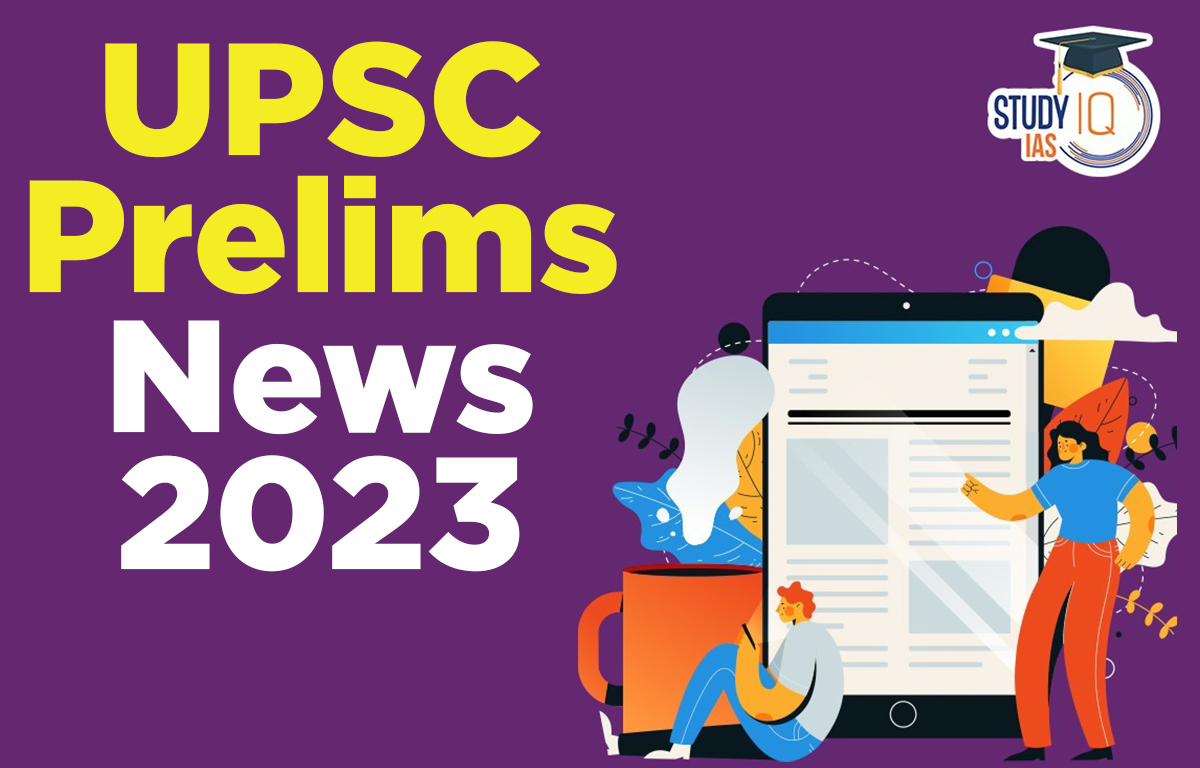
 UPSC Prelims News 20 March 2023
UPSC Prelims News 20 March 2023
 UPSC Prelims News 17 March 2023
UPSC Prelims News 17 March 2023

